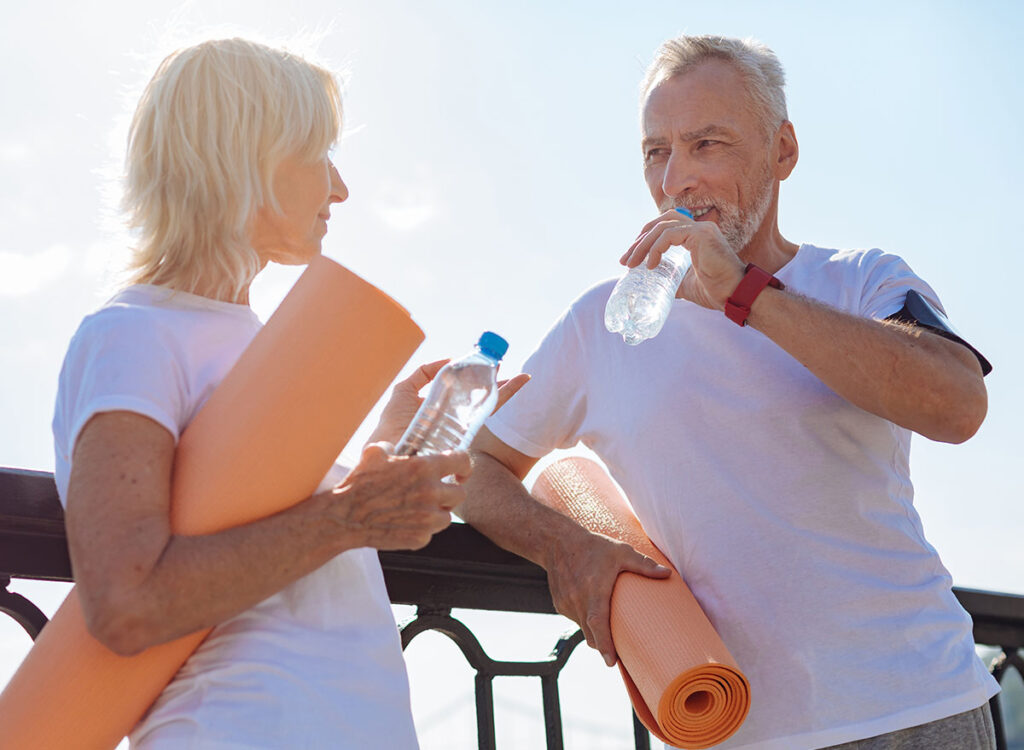When it comes to feeling better, hydration is often the unsung hero, especially as we age. As a board-certified family physician for nearly 30 years, I’ve seen first-hand how small changes, like staying well hydrated, can have a huge impact on energy, focus and well-being. be general. Today, as senior medical director of Prime IV Hydration & Well-beingI specialize in helping people, especially those over 50, unlock their full potential through smarter hydration and nutrition strategies.
I’ll let you in on a little secret: it’s not just about drinking more water. The key is finding the right balance of fluids and nutrients to meet your body’s changing needs. Let’s explore why hydration is so essential as we age, some common mistakes to watch out for, and simple, effective ways to stay ahead of the curve.
Mistake: Relying Only on Thirst to Signal Dehydration
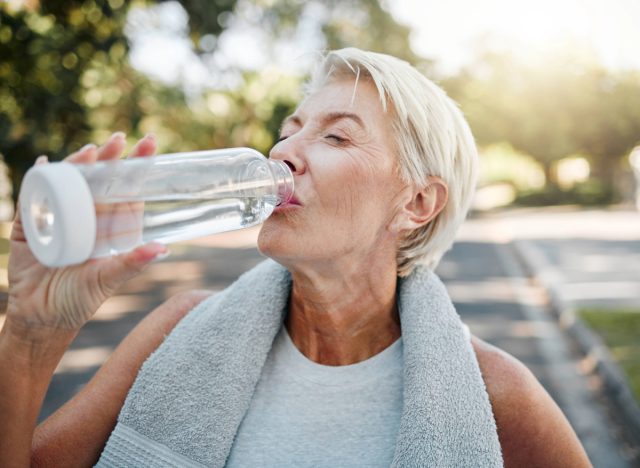
Why it is harmful: As we age, our thirst mechanism becomes less sensitive, meaning older adults may not feel thirsty until they are already dehydrated. This can lead to complications like dizziness, fatigue, or even falls.
Easy solution: Get into a drinking hydration routine throughout the day and consider options like IV hydration therapy if you have severe dehydration or need a quick recovery. At Prime IV, we often see patients who benefit from infusions containing electrolytes, magnesium, and other nutrients to support long-term hydration.
Real patient example: One patient, a 65-year-old avid gardener, often felt dizzy after long days spent outdoors. In addition to setting hydration reminders, they began monthly IV treatments tailored to replenish electrolytes and vitamins. The combination transformed their energy levels and significantly reduced their episodes of dehydration.
Mistake: Drinking Too Much Water Without Electrolytes
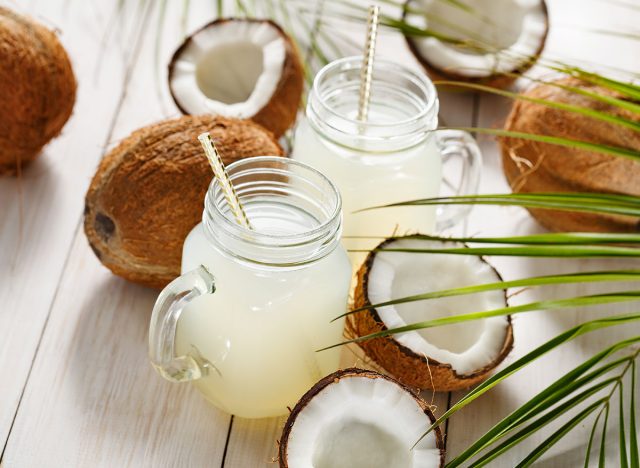

Why it is harmful: Overhydration can dilute electrolytes, causing symptoms such as muscle cramps, nausea, confusion and, in severe cases, seizures and death.
Easy solution: Incorporate electrolyte-rich drinks like coconut water or low-sugar hydrating blends. Balance your water intake with sodium, potassium and magnesium. While drinks like coconut water are great, IV therapy offers an advanced solution for those who need a quick replenishment of electrolytes after prolonged dehydration.
Real patient example: A 58-year-old runner felt tired even though he drank a gallon of water a day. Adding an electrolyte mix to a bottle resolved his muscle cramps and improved his performance.
Mistake: Over-Reliance on Caffeinated Beverages
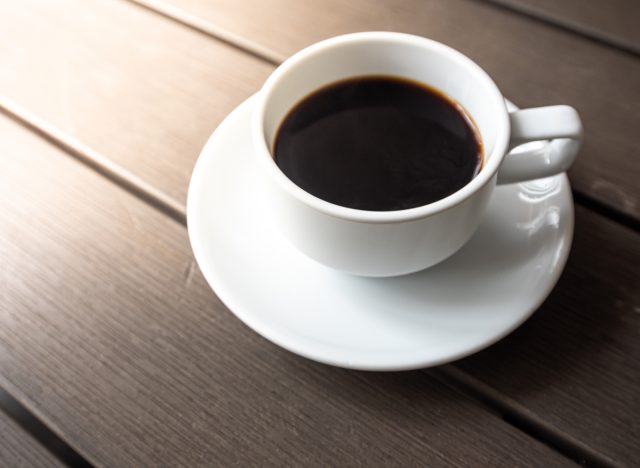

Why it is harmful: Caffeine is a diuretic that can worsen dehydration.
Easy solution: Limit caffeine to 1 to 2 cups per day and then drink an equal amount of water. If hydration seems difficult, treatments like IV vitamin B complex can counteract caffeine-related fatigue and increase energy.
Real patient example: A patient in his 60s suffering from frequent headaches reduced his coffee intake and increased his water intake, thereby easing his symptoms.
Mistake: Skipping Morning Hydration
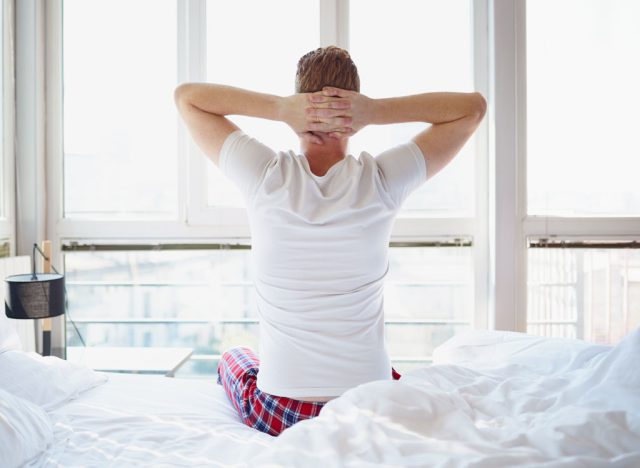

Why it is harmful: Overnight, the body becomes dehydrated, leading to morning drowsiness and sluggishness.
Easy solution: Start the day with a glass of water before coffee or breakfast.
Example: A 70-year-old man suffering from morning fatigue now starts each day with two glasses of water and reports feeling more alert.
Mistake: Not Adjusting for Activity Levels


Why it is harmful: Staying active increases fluid loss from sweating, but many older adults don’t drink extra water when they exercise.
Easy solution: Add 8 to 16 ounces of water every 30 minutes of exercise. Periodic IV therapy sessions can ensure proper hydration and nutritional balance, especially after intensive physical activity.
Real patient example: A 55-year-old hiker suffered heat exhaustion after a long hike. After adding additional hydration breaks, they were able to walk comfortably.
Mistake: avoiding water at night to avoid going to the toilet
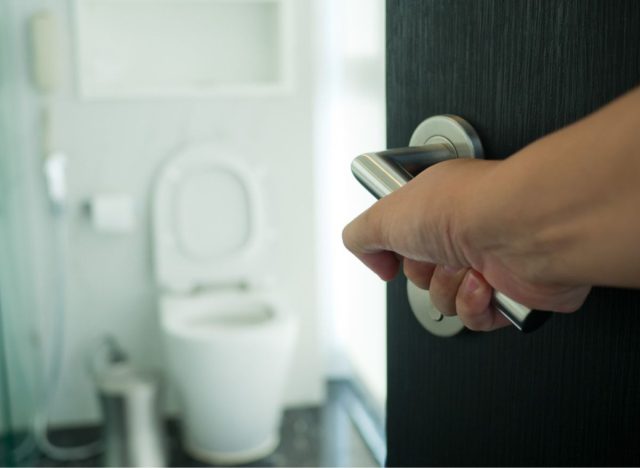

Why it is harmful: This can lead to dehydration during the night, causing restless sleep or morning headaches.
Easy solution: Stay hydrated throughout the day and take small sips in the evening instead of a full glass.
Real patient example: One patient who avoided drinking after 6 p.m. frequently suffered from leg cramps. Adjusting the timing of hydration solved the problem.
Mistake: only drinking plain water
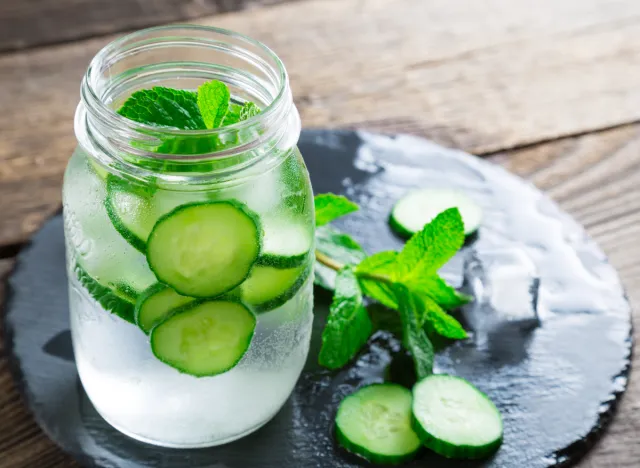

Why it is harmful: Plain water may not provide enough minerals to maintain proper electrolyte balance.
Easy solution: Alternate between plain water and drinks containing natural electrolytes like herbal teas or fruit and herb infusions.
Real patient example: A 60-year-old golfer now enjoys cucumber-mint water, making hydration more pleasant and consistent.
Mistake: ignoring the signs of dehydration
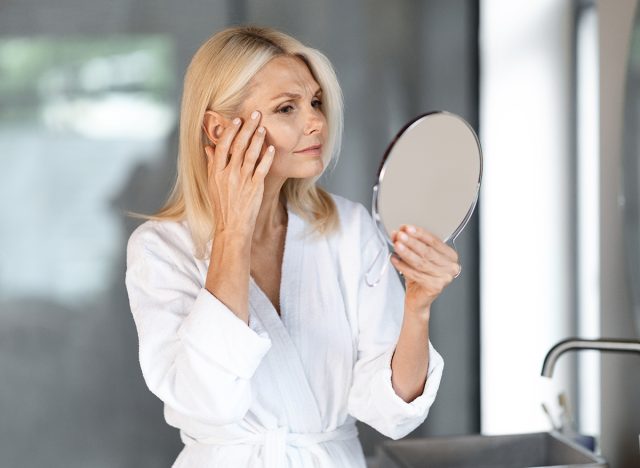

Why it is harmful: Symptoms such as dry skin, dark urine or muscle cramps often go unnoticed.
Easy solution: Check the color of urine as an indicator of hydration (pale yellow is ideal) and moisturize the skin from the outside.
Example: One patient noticed improved skin elasticity and reduced muscle cramps after adopting this habit.
Mistake: Ignoring Hydration While Traveling
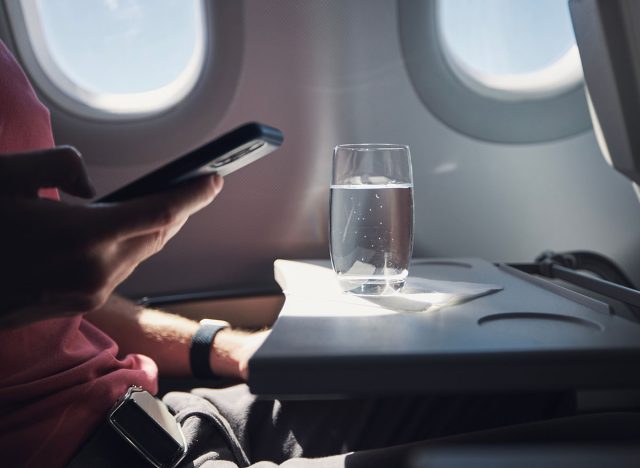

Why it is harmful: Long flights or car trips can dehydrate the body. Airplanes are kept at a very low humidity level, which results in increased fluid loss, leading to jet lag and fatigue. A more serious problem is thickening of the blood, increasing the risk of blood clots.
Easy solution: Carry a refillable water bottle and hydrate regularly, especially during flights. Additionally, many patients who travel frequently find IV hydration therapy helpful in combating the dehydrating effects of air travel, allowing them to feel refreshed upon arrival.
Real patient example: A retired couple avoided jet lag by staying hydrated and limiting alcohol consumption during a flight.
#Hydration #Mistakes #Destroying #Body #50and

